What is good about the "Thunder" wheat variety and what are its features
Winter wheat is the most widespread cereal grown in our country. It occupies almost 88% of the planting area of plants of the Zlakov family. Soft winter wheat Thunder has long been known to farmers for its varietal qualities.
It is immune to many dangerous diseases, and the yield indicator exceeds that of similar crops. Pastry products retain their taste and freshness for a long time, due to which Thunder wheat is classified as a valuable variety.
The content of the article
What is this wheat variety

Winter Thunder was obtained by crossing highly frost-resistant varieties. It belongs to the most widespread variety of lutescens wheat. The variety was entered in the state register in 2010.
Reference! The variety is named after the President of the Russian Academy of Agricultural Sciences, G.A. Romanenko.
Characteristics and description
Wheat belongs to the annual herbaceous plants of the cereal family. The growth is semi-dwarf, does not exceed 90 cm. The stem is hollow inside, of medium thickness, most thickened towards the middle. Highly resistant to lodging, ears do not crumble.
Reference! Another name for the family of cereals is bluegrass. This family includes more than 10 thousand species, most of which are of agricultural importance for humans.
The root system is developed. The leaves are long, rich green. The plant is pollinated on its own.
The variety is mid-season, with a full growing season of 225-270 days. The autumn growing season lasts no more than 50 days. It has a high drought resistance and tolerates a hot climate well, which is important for the southern regions.
During the growing season, wheat actively builds up green mass, which is excellent for feeding poultry and livestock.
The grains of the cereal plant are of the soft type.
Features of the variety
The cereal plant is highly resistant to lodging, which reduces potential losses during harvest. Also, the variety is winter hardy, the seeds can be sown 5-7 days later than other winter crops.
The photo shows the Thunder wheat.
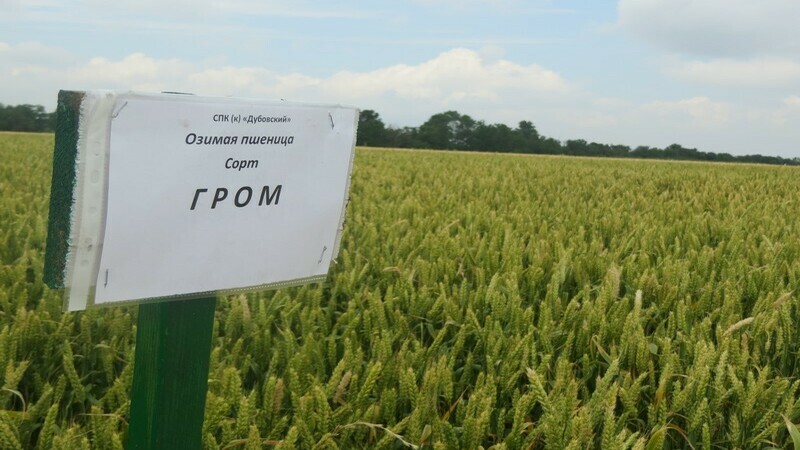
Winter wheat properties
The properties of winter crops are subdivided into approbation, flour-grinding and baking. Approbation testing is carried out to determine the purity of the variety. Milling and baking properties determine the quality of the grain. The higher the baking properties, the better the quality of the bakery products.
Approbation
Winter wheat Thunder is distinguished by the following approbation properties:
- erect bush form;
- weak waxy coating on the ear;
- strong waxy coating on the upper internode;
- spike is loose, of medium length and density, pyramidal, white;
- ear pubescence is weak;
- the straw is not powerful;
- grains of a reddish tint, medium size;
- weight of 1000 grains - 35-47 g.
Flour mills
High milling properties are inherent in spherical grains. They are easiest to process into flour. A high finished flour value indicates the value of the grain.
Milling qualities of the Grom variety are considered to be of a high level due to the ease of processing. It belongs to valuable wheat, as it meets all the requirements of GOST.
Bakers
The baking properties of flour determine the quantity and quality of gluten. The amount of protein affects the gluten content. The more protein, the higher the gluten content, which means the higher the baking properties.
Wheat Thunder has an average level of baking properties, the amount of gluten is optimal - it does not exceed 27%. High-quality bakery and confectionery products are obtained from flour, but it is not used for the manufacture of pasta. Durum wheat flour is used to obtain pasta.
Reference! In addition to bakery products, wheat is used to obtain alcohol and starch.
Features of agricultural technology
Thunder is not a capricious culture. Nevertheless, to obtain a high-quality harvest, it is necessary to observe the sowing time and the seeding rate.
Sowing dates
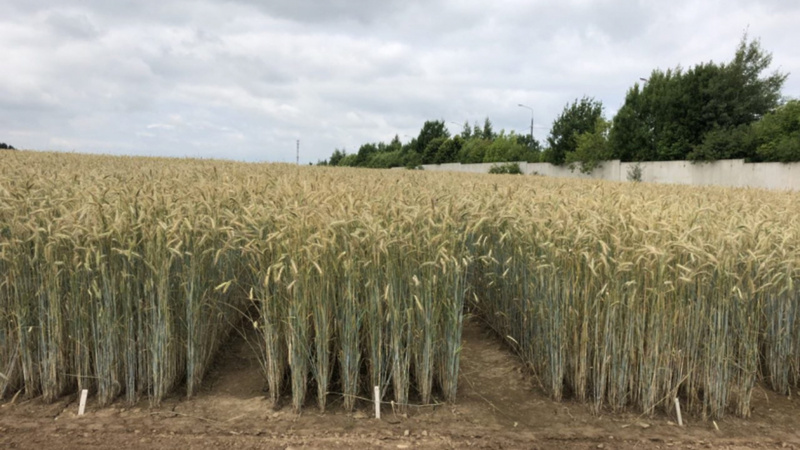
Sowing dates are important if winter cereals are planted on grain. They deviate from the norms when the plant is used as a siderat.
Sowing starts at the end of August - beginning of October, when the temperature settles at around + 14 ... + 16 ℃. Early sowing sprouts stretch and weaken, which will negatively affect the immunity of plants. With a late planting, the root system will not have time to form, and part of the crop will die.
The seeding rate depends on the region. No more than 1.8 kg of grain per one hundred square meters is consumed in fertile soil. In cold regions and in heavy soils, the seeding rate is 2.0-2.2 kg per hundred square meters.
Sowing
The seed is buried 3-5 cm into the prepared furrows. Then the planting is watered from a watering can.
It is also possible to scatter the grains over the surface of the plot, and then close them with a rake. But with this method of planting, more seeds are used, since many will remain on the surface and will not germinate.
Seeds of cereal plants are sown in fertile soil, previously fed with a full range of mineral fertilizers. The soil is fertilized twice: in the spring and autumn digging.
Wheat roots help improve soil structure. During wheat growth, the earth rests. Therefore, cereals are planted mainly after plants that deplete the soil. Experienced gardeners claim that potatoes are the optimal predecessor for wheat. Also, the crop is planted after corn and sunflower.
Further care of wheat
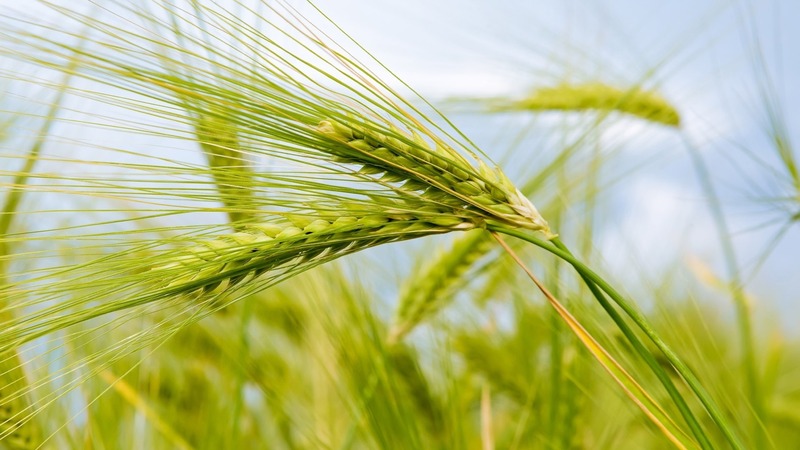
During growth and development, cereals absorb a lot of nitrogen and phosphorus. Plants also need potassium supplements.
For full development you will need:
- nitrogen - 400-600 g per hundred square meters;
- phosphorus - 50-70 g per hundred square meters;
- potassium - 60-80 g per hundred square meters.
Reference! To obtain green mass, one nitrogen is enough. When planting a winter crop on grain, all three elements will be required.
In addition to fertilizers during the growing season, nitrogen, potassium and phosphorus are added to the soil during digging. Nitrogen and phosphorus are added twice, in the autumn and spring digging, and potassium once - when digging in the spring.
Yield
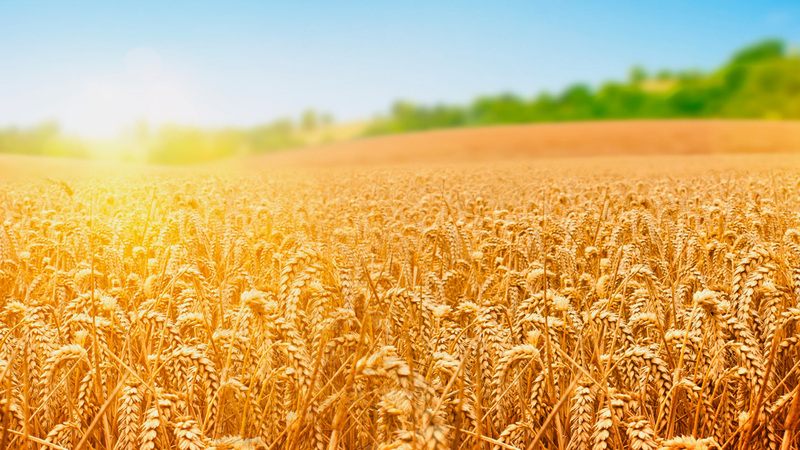
Crop cultivation is carried out in all regions, but yield indicators are different everywhere. Productivity depends on weather conditions, soil composition and top dressing.
The average yield in the North Caucasus is 53 c / ha, on the lower Volga it drops to 23 c / ha, and the Krasnodar Territory maintains a leading position: here the indicator reaches 80 c / ha.
Disease resistance, disease prevention
Wheat Thunder is highly immune to diseases such as powdery mildew and yellow rust. These diseases are the most dangerous for cereal plants, the immunity to them of the variety sets it apart from other crops.
Wheat also has resistance to leaf rust and septoria.
Nevertheless, preventive measures begin as soon as seedlings appear. The culture is treated with pesticides throughout the growing season at least 4-5 times. This increases resistance to pests such as cereal fly and winter moth. These pests are no less dangerous than diseases.
To increase immunity during the treatment of plants, trace elements and nutrients are added to the solution to enhance immunity.
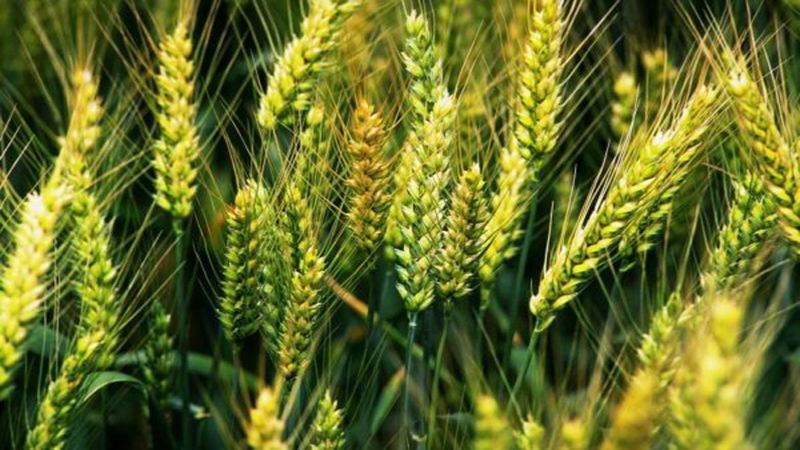
From chemicals used insecticide "Fitoverm" and "Agrovertin".
Reference! During the day, the winter moth is able to gnaw the roots of 15 plants.In the old days it was called the winter locust.
Advantages and disadvantages
The valuable qualities of wheat include:
- winter hardiness;
- drought resistance;
- quick adaptation to hot climate;
- high productivity;
- strong immunity;
- short stature;
- lodging resistance;
- soft grain type;
- high milling properties;
- the possibility of landing in all regions.
The disadvantages include an intensive build-up of green mass, which serves as a bait for pests. But this is more a characteristic feature of the variety than a disadvantage.
Variety reviews
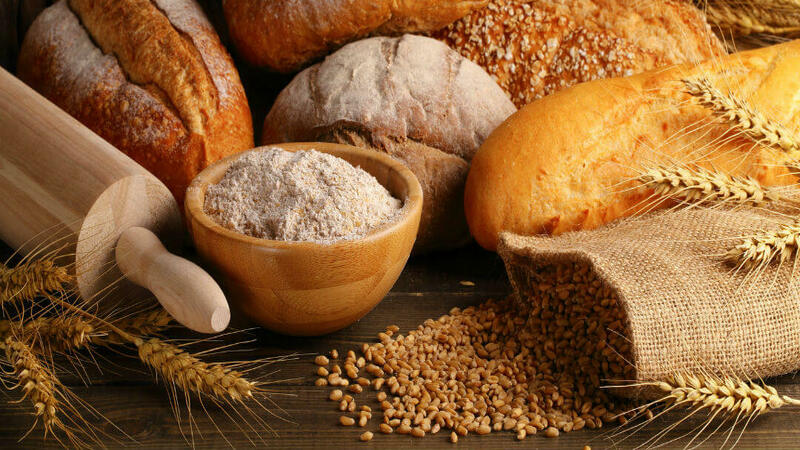
Positive reviews of Thunder wheat indicate its popularity and high varietal performance.
Matvey, Moscow region: “I have been growing wheat for over 3 years. I sow on the field in the twentieth of September. Germination is good. For the entire growing season, the culture is not sick with anything. Be sure to take preventive measures 4 times per season. The yield is high, the grains are even and beautiful. "
Anastasia, Vologda region: “I plant wheat in the winter in the garden so that the earth heals and rests after the summer season. I like the Thunder variety for its price and unpretentiousness. Before him, she planted other varieties, some died, some were sick, and Grom has strong immunity. Pleases with greenery for a long time. "
Read also:
Winter wheat "Moscow 40": description of the variety.
Review of the winter wheat variety "Yuka".
Description and characteristics of the winter wheat variety "Bagrat".
Conclusion
High-yielding wheat Thunder is suitable for planting on grain and for growing for pet food. The variety is distinguished by its resistant immunity to diseases, winter hardiness and accelerated adaptation to arid climate. Due to its high milling and baking properties, the culture belongs to valuable wheat.